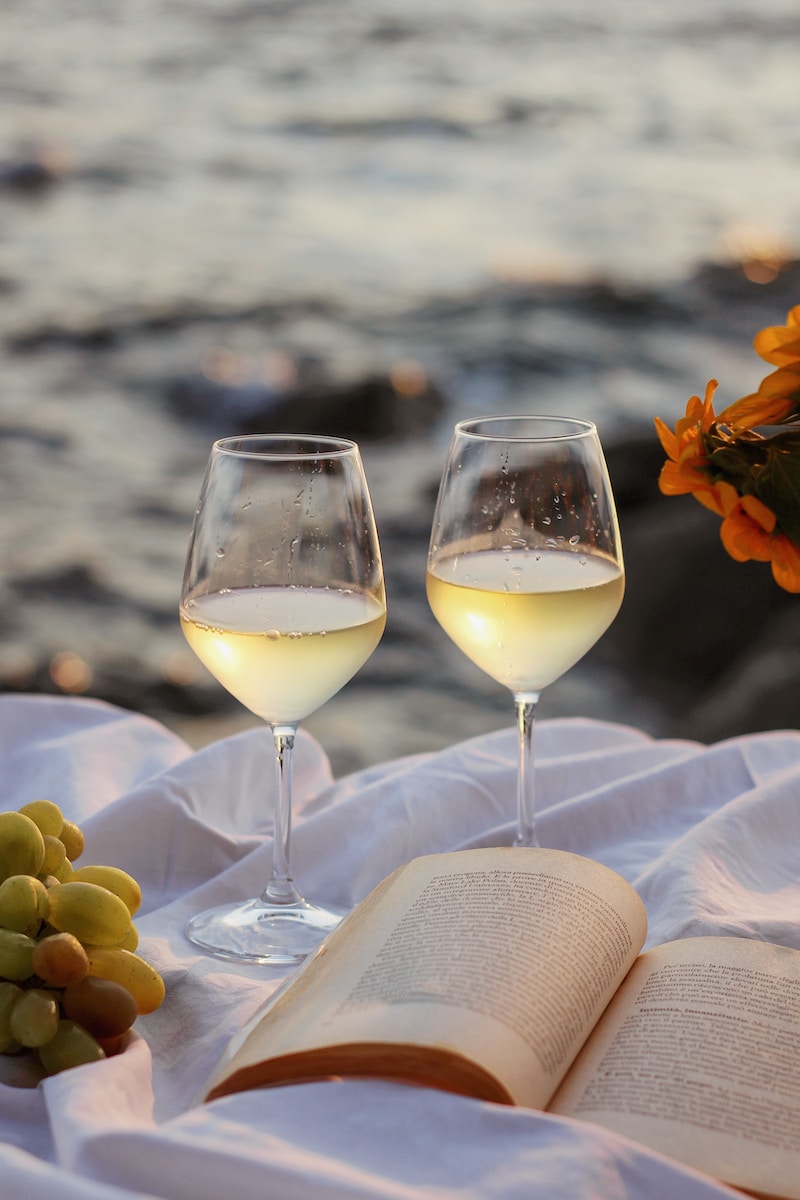A new market?
This trend is confirmed worldwide. The market for alcohol-free wines is booming. It has grown by 7% in 2022 and represents more than $3.8 billion worldwide. In France, sales in 2022 rose by 3.7% to almost 20 million euros. In volume terms, this represents an increase of almost 4.2%. The biggest consumers are the Germans, followed by the Americans. In the USA, the market has grown by 30%, while the Italians are the majority of the market.
The clientele is varied, including sports enthusiasts, pregnant women, the elderly and dieters, who can enjoy a convivial aperitif with friends. For several years now, Dry January has been crystallizing this movement in a period of detox to regain well-being, according to its members.
And the PDO?
The question of PDOs is still open, even if Europe authorizes those between 0.5 and 8.5° alcohol to carry the PGI or PDO label. In Luxembourg, the question hasn’t really been asked yet. This will depend on the receptiveness of the local market, as consumers are attached to their classics and it takes years to change mentalities. Pet’Nat’, for example, is just beginning to make inroads.
In Luxembourg, the adventure begins
Several Luxembourg winemakers (Vinsmoselle and Domaine viticole Schlink, for example) have decided to enter this booming market. They also offer several white and sparkling wines.
The first player to try their hand at these atypical products is “The Wine Makers Luxembourg”, a company set up in 2017 by Athénée students with independent winemaker Pit Pundel and offering a white wine titling only at around 9°, hence the name: la Folie à 9°.
Wine quality and production
Classic wine, or rather wine with alcohol, has not lost its credentials. When consumed in moderation, it provides benefits such as polyphenols. It should be noted, however, that so-called alcohol-free wines still have a slight alcohol content of around 0.3% due to natural fermentation. What’s more, alcohol balances the wine in terms of acidity and bitterness, and supports its aromas. To achieve this balance, alcohol-free wine must undergo oenological processes. This can be done either at the start of fermentation or afterwards.
Initially, we’ll control the amount of sugar by harvesting earlier or selecting less sweet grape varieties, knowing that this will have an impact on taste, with higher acidity and duller aromas. You can also use yeast or stop fermentation by filtration. However, if the dosage is wrong, the product will strongly resemble grape juice.
If you wish to take action after fermentation, various techniques can be employed, such as distillation, reverse osmosis or the rotary cone column. These help preserve some of the wine’s texture and aromas.
Our selection
Sparkle and Wine offers a non-alcoholic wine from Schlink Winery that features a beautiful lemon-yellow color, fruity with a light body and delicate but long-lasting aromatic intensity. This white wine is the perfect accompaniment to a waterside get-together or your next barbecue, for example.

